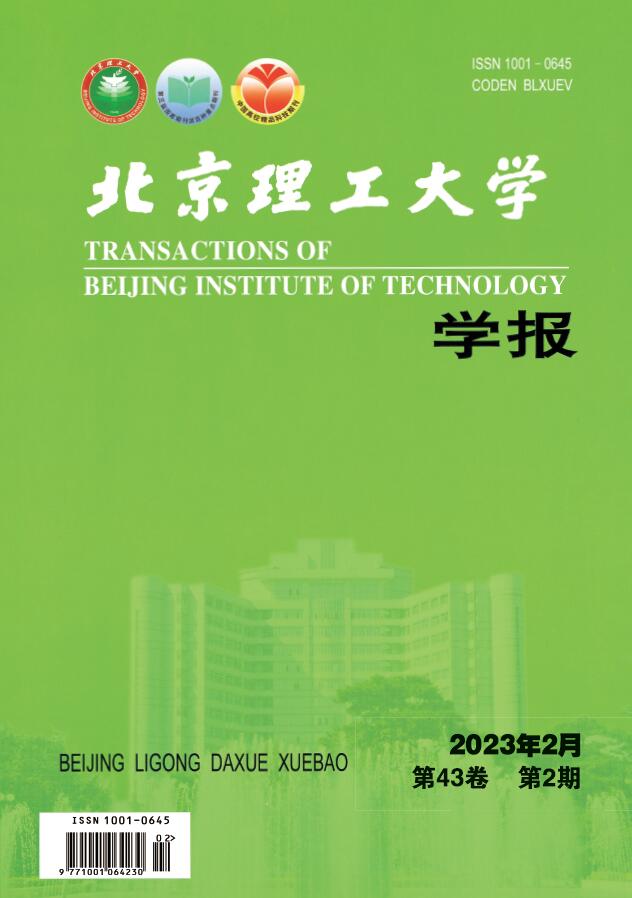2019 Vol. 39, No. 7
Display Method:
2019, 39(7): 661-668.
doi:10.15918/j.tbit1001-0645.2019.07.001
Abstract:
2019, 39(7): 669-675.
doi:10.15918/j.tbit1001-0645.2019.07.002
Abstract:
2019, 39(7): 676-682.
doi:10.15918/j.tbit1001-0645.2019.07.003
Abstract:
2019, 39(7): 683-687.
doi:10.15918/j.tbit1001-0645.2019.07.004
Abstract:
2019, 39(7): 688-693.
doi:10.15918/j.tbit1001-0645.2019.07.005
Abstract:
2019, 39(7): 694-698.
doi:10.15918/j.tbit1001-0645.2019.07.006
Abstract:
2019, 39(7): 699-705.
doi:10.15918/j.tbit1001-0645.2019.07.007
Abstract:
2019, 39(7): 706-713.
doi:10.15918/j.tbit1001-0645.2019.07.008
Abstract:
2019, 39(7): 714-718,769.
doi:10.15918/j.tbit1001-0645.2019.07.009
Abstract:
2019, 39(7): 719-724.
doi:10.15918/j.tbit1001-0645.2019.07.010
Abstract:
2019, 39(7): 725-731.
doi:10.15918/j.tbit1001-0645.2019.07.011
Abstract:
2019, 39(7): 732-737.
doi:10.15918/j.tbit1001-0645.2019.07.012
Abstract:
2019, 39(7): 738-742.
doi:10.15918/j.tbit1001-0645.2019.07.013
Abstract:
2019, 39(7): 743-749.
doi:10.15918/j.tbit1001-0645.2019.07.014
Abstract:
2019, 39(7): 750-755.
doi:10.15918/j.tbit1001-0645.2019.07.015
Abstract:
2019, 39(7): 756-762.
doi:10.15918/j.tbit1001-0645.2019.07.016
Abstract:
2019, 39(7): 763-769.
doi:10.15918/j.tbit1001-0645.2019.07.017
Abstract:


